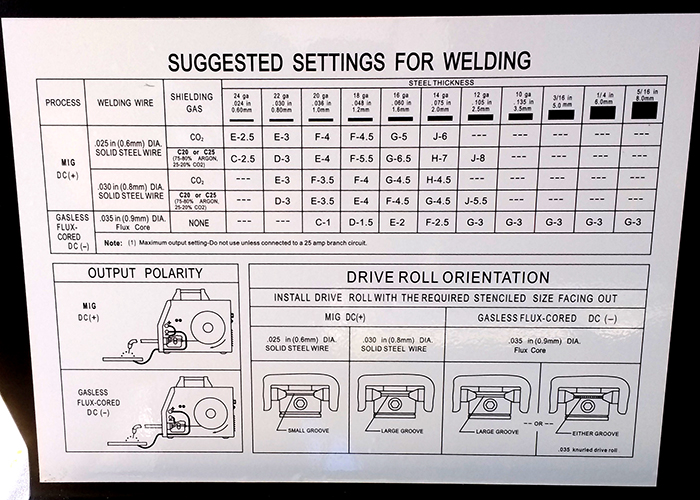zogthegreat
New member
Hi everyone!
CobraKing gave me a heads up on a Eastwood 135 mig welder:
https://www.eastwood.com/mig-welder-110vac-135a-output.html
(thanks again CobraKing! ). With discount I paid $229.00 USD with shipping for it. After using a cheap arsed Chinese flux core only welder, this thing is a dream! However, I'm having 2 problems with it. The first is that there is a hissing sound at the regulator when I turn on the argon/CO2. I looked at the connectors and I noticed that there are no gaskets on the regulator or the connecting hoses:
). With discount I paid $229.00 USD with shipping for it. After using a cheap arsed Chinese flux core only welder, this thing is a dream! However, I'm having 2 problems with it. The first is that there is a hissing sound at the regulator when I turn on the argon/CO2. I looked at the connectors and I noticed that there are no gaskets on the regulator or the connecting hoses:



Is this normal, or should I contact Eastwood? I can't tell if the gas is leaking out, I'll test today with some soapy water the way you check for LP gas leaks. I first used the gas yesterday and it was windy and cold, so I didn't feel like fracking with it.
The second problem is that when I'm welding on a flat surface, I'm getting some nice welds. I still need more practice to get those pretty welds, but I'm happy with the penetration. However, when I weld in a tight place, I get a lot of hissing at the tip and my wire tends to make a large ball at the tip. Any suggestions as to what I'm doing wrong?
Thanks!
zog
CobraKing gave me a heads up on a Eastwood 135 mig welder:
https://www.eastwood.com/mig-welder-110vac-135a-output.html
(thanks again CobraKing!



Is this normal, or should I contact Eastwood? I can't tell if the gas is leaking out, I'll test today with some soapy water the way you check for LP gas leaks. I first used the gas yesterday and it was windy and cold, so I didn't feel like fracking with it.
The second problem is that when I'm welding on a flat surface, I'm getting some nice welds. I still need more practice to get those pretty welds, but I'm happy with the penetration. However, when I weld in a tight place, I get a lot of hissing at the tip and my wire tends to make a large ball at the tip. Any suggestions as to what I'm doing wrong?
Thanks!
zog






